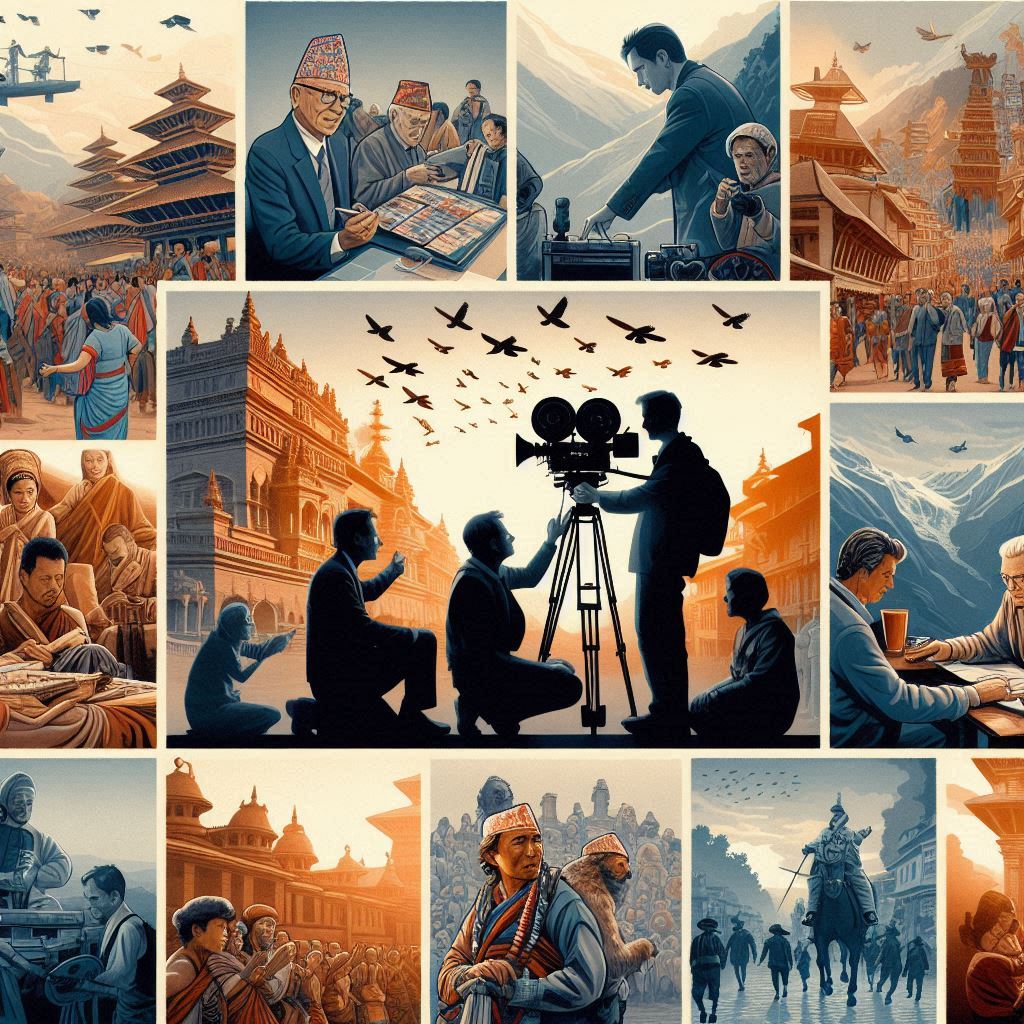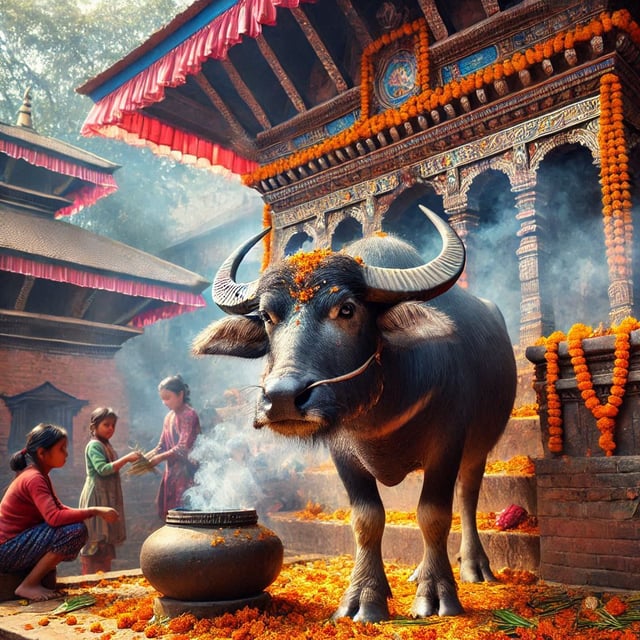Film Development in Nepal

Nepal has a short and turbulent film production history, with a regime that once prohibited film screening and an autocratic regime that curtailed freedom of speech. In the 1990s after the democratization of Nepal.
However, in 1996 civil war started as a result media sector was threatened during the conflict, and growth in the film sector remained slow.
In the middle of the civil war on 30 June 2000, the Government of Nepal established the Film Development Board. The Film Development Board was designed to focus on developing and promoting films.
Films have great potential to showcase Nepal as a tourist destination, it helps spread national history, culture, and ideas that can strengthen Nepalese national interest.
However, creating bureaucratic hurdles has increased the problems than resolving them. There are criticisms that the Film Development Board is a political preacher a puppet as the chairperson is selected every two years belonging to cronyism of ministry.
The Board is unable to do anything, as it is not autonomous and has to get permission from the Ministry of Communication if it intends to spend Rs. 500,000.
The chairperson, a film star, Bhuwan KC has been surrounded by professional and personal scandals and is even considered as most controversial person in the Nepali Film Industry.
Nepali films are criticized as being Bollywood copycats, these stories weaken Nepali's trust to invest and grow the Nepali film industry.
There was an effort to create a Film City in Dolakha that will have replicas of the World Heritage Sites of Nepal, production support, tourism, and other amenities However, even this project remains in limbo due to lack of budget.
There are a few million people who speak Nepali and watch Nepali films but as the overwhelming majority understand Hindi as well as English- Bollywood dominates the Nepali screen and Nepali youth have been growing appetite for Hollywood films.
Nepali films struggle as Nepal does not allow international payment for OTT platforms, which makes it hard for filmmakers to succeed in film production.
Slowly with the digital tools, the condition of Nepali films and their screening abroad is becoming convenient but the journey of Nepali film production is a tedious process.
While Nepal struggles to produce local films, Nepal is slowly becoming a major destination for international filmmakers. However, even in this area, there are bureaucratic hurdles as permits have to be taken from the Film Development Board and other government agencies.
The film industry is also working on making progress in the sector around caste and gender inclusion but this process is still tough. There have been films and documentaries that spread awareness and they have also worked in creating collective voices through various filmmakers groups.
Film Development in Nepal can help preserve its culture, nature, and landscape; it can help improve the living standards, and reform societal norms and therefore is an area where it can transform the whole country.
Author
Kripendra Amatya
Editor
Dana Moyal Kolevzon, Director of International Relations, Nepa~laya Productions
Published Date
January 1, 1970



